NHS South East London is committed to joining up neighbourhood health services to support people of all ages to live healthy, active and independent lives for as long as possible. This has been further supported by the Government’s health mission to shift care:
- from hospital to community – providing better care close to or in people’s own homes, helping them to maintain their independence for as long as possible, and only using hospitals when it is clinically needed.
- from treatment to prevention – helping people to understand their health and providing early support to reduce the risk of ill health or health problems getting worse.
- from analogue to digital – greater use of digital tools and solutions to improve care.
Neighbourhood ways of working and Integrated Neighbourhood Teams (INTs) take this a step further to improve health outcomes and reduce inequalities. This new approach will transform how services work together at a local level, making care more personalised for the communities we serve and strengthening the role of communities in health and wellbeing through community led approaches.
Watch this video from our Chair, Sir Richard Douglas, and NHS leaders from across south east London, to hear their views on how this will benefit local residents.
What are Integrated Neighbourhood Teams (INTs)?
INTs bring together professionals from health, social care, and the voluntary sector to provide joined-up, community-based services. Their aim is to improve health and wellbeing by addressing the specific needs of local populations and through this, address health inequalities in our communities.
What will INTs do?
Healthcare needs in our communities are always changing. Increasing demand, growing health inequalities, and the need for more proactive care to prevent health problems before they happen, mean that the traditional ways of providing care are no longer sustainable. By joining up services at a neighbourhood level, we can:
- tackle health inequalities – using population health data to identify and support those most at risk of poor health. To address inequalities effectively, INTs needs to be wider than health e.g. addressing social determinants like housing too.
- improve coordination of care – supporting health and care professionals to work together more effectively and by sharing information across services.
- improve access to care – ensuring all residents receive the same standard of care, closer to home, wherever they live and whatever their individual needs.
- reduce pressure on hospitals – empowering residents to make decisions about their health and wellbeing so health conditions are managed without needing hospital care.
How will INTs work?
- Neighbourhood-based care: teams will be based in local communities, making services more accessible and responsive to residents’ needs.
- Working with local communities: INTs will include voluntary sector partners and will work closely with local communities empowering them to have more control over their health and wellbeing.
- Collaboration across services: health professionals, social workers, mental health specialists, and voluntary sector partners will work as one team to address and support the full needs of an individual.
- Proactive and preventative approach: INTs will use data-driven insights to identify high-risk groups and step in early, preventing health issues before they develop.
- Consistency across south east London: while each borough and neighbourhood will tailor services to its local population, a shared framework ensures equitable care for all.
Initial areas of focus
Building on the work that has already been taking place across south east London, INTs will initially prioritise three key groups where the opportunity for improvement is greatest:
- People with 3+ long-term conditions (LTCs) – helping residents manage their conditions to avoid longer term negative impacts from their condition and to reduce the need for hospital care.
- Frailty and end-of-life care – supporting older adults to live independently and receive care in their community.
- Children with complex needs – providing early and ongoing support for children and families.
What happens next?
The rollout of INTs will take place in phases:
- 2024/25 – Scope and design: neighbourhood footprints agreed, teams established, and initial pilot projects launched.
- 2025/26 – Refine and set up: expansion of successful pilots and adjusting services to better meet local needs.
- Beyond – Test and learn: share learning and scale up ideas to ensure all residents benefit from joined-up, community-focused care.
This transformation marks a significant step towards a healthier, more connected south east London. By working together, we can create a healthcare system that truly meets the needs of our communities.
For more information, read our recent board paper on INT development.
